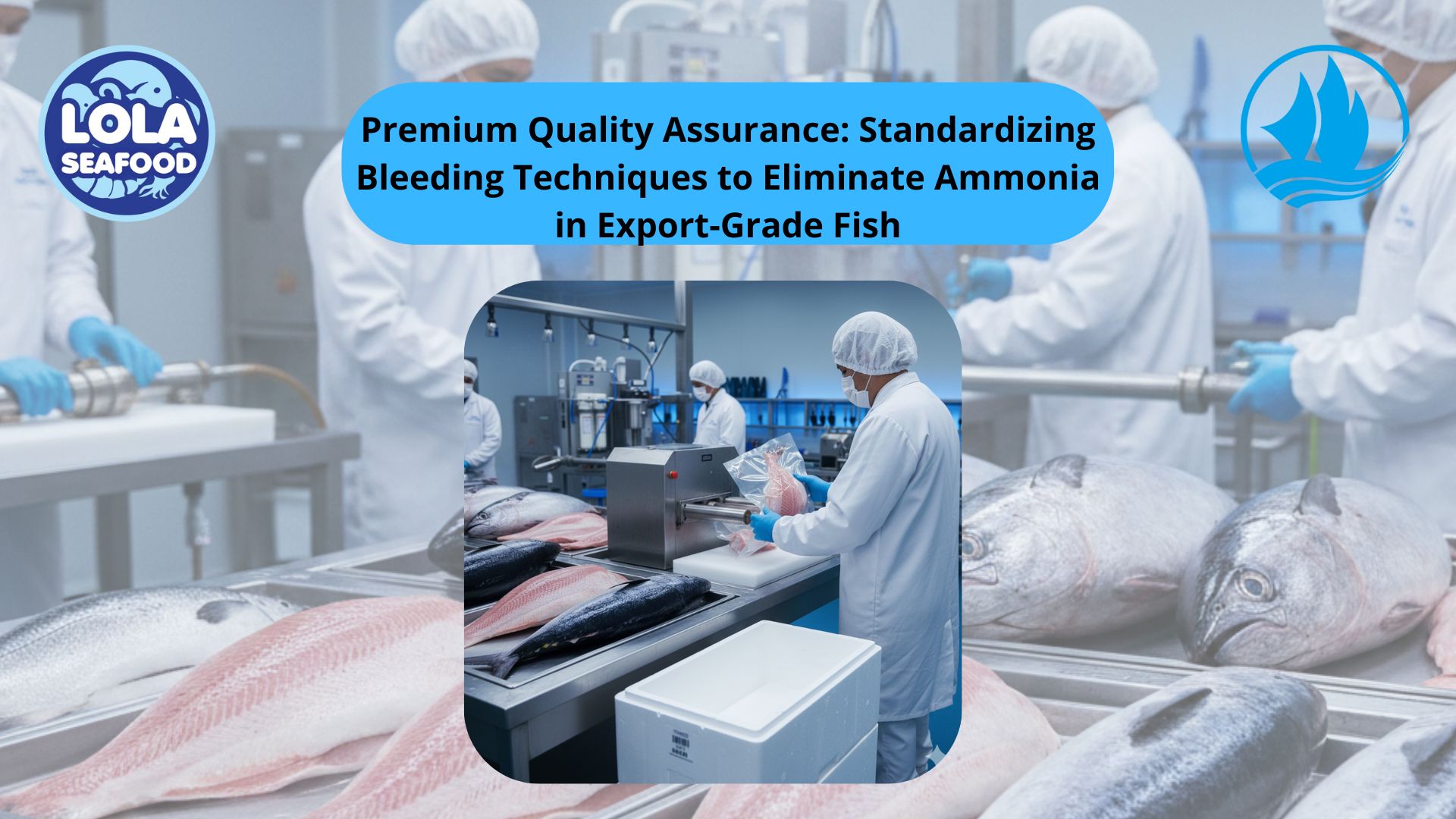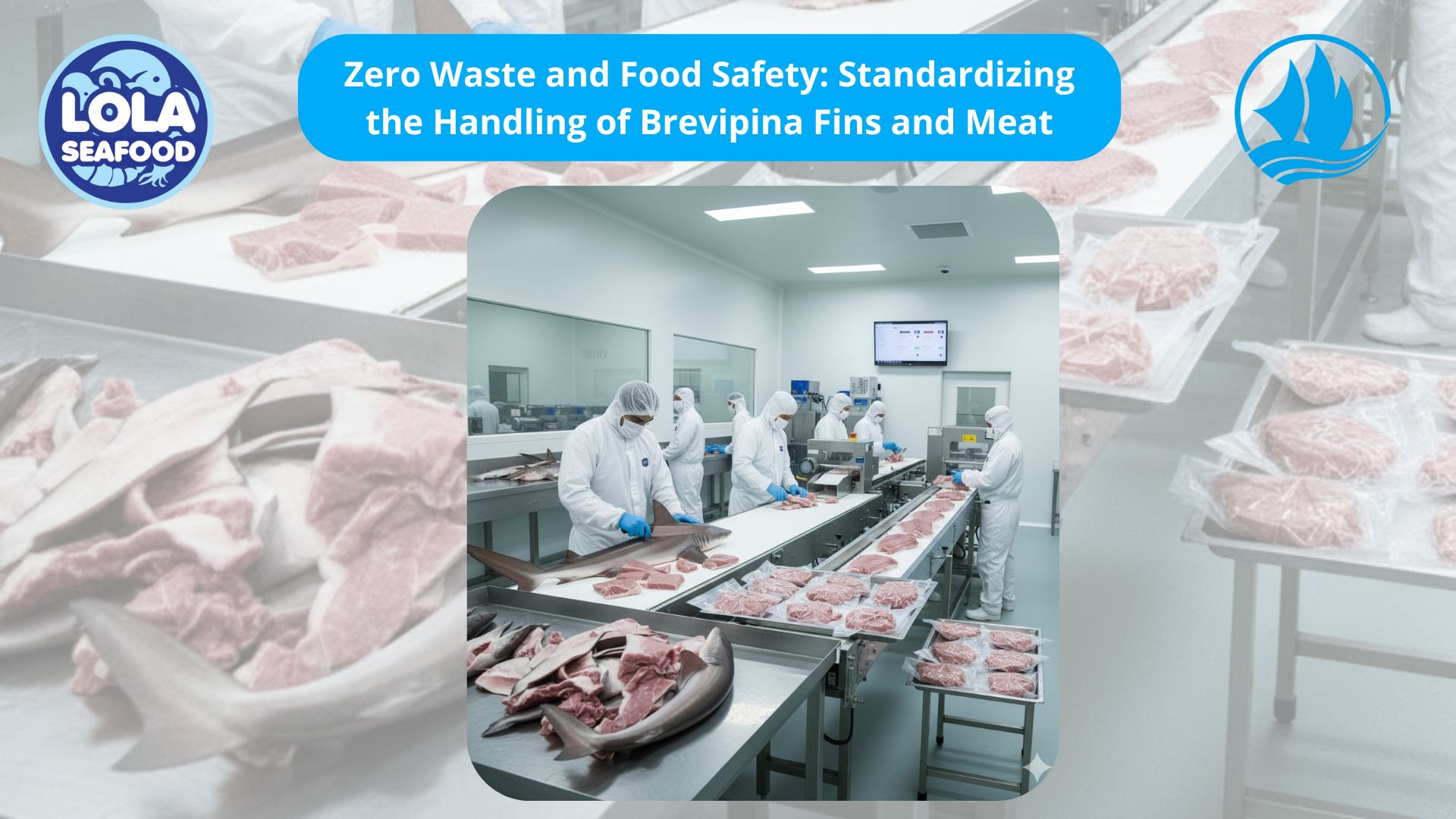Seafoods as Zero Waste: Building a Sustainable Future
By. Kusni - 17 Sep 2025.jpg)
Kelolalaut.com The seafood industry is one of the most important contributors to global food security, providing high-quality protein and essential nutrients to millions of people. However, it also generates a significant amount of waste, from fish heads and bones to shells and processing by-products. The concept of zero waste in seafood production is gaining momentum as consumers, businesses, and governments recognize the need for sustainability. By rethinking how we use every part of the fish, the seafood industry can reduce environmental impact, create economic opportunities, and promote a healthier planet.
Zero waste is a philosophy and strategy that aims to eliminate waste by redesigning systems, processes, and behaviors so that all materials are reused, repurposed, or returned to nature in a safe way. When applied to seafood, zero waste means making full use of every catch — from fillets to by-products — instead of discarding valuable resources. This not only benefits the environment but also maximizes the value of each fish harvested.
Utilizing Every Part of the Fish
- One of the most effective approaches to achieving zero waste is finding uses for all parts of the fish. While the fillet is the most commonly consumed portion, other parts are rich in nutrients and can serve different industries:
- Fish Heads and Frames: Often considered waste, these can be used to make nutritious fish soups, stocks, or fish sauce, a staple ingredient in many Asian cuisines.
- Skin and Scales: Fish skin can be turned into collagen supplements, a booming product in the health and beauty industry, while scales can be processed for cosmetics or even bioplastics.
- Bones: Rich in calcium and minerals, fish bones can be ground into powder for animal feed or fertilizers.
- Viscera (Organs): Fish oil, extracted from viscera, is a valuable source of omega-3 fatty acids used in pharmaceuticals and supplements.
- Shells and Carapaces: For crustaceans like shrimp, crab, and lobster, shells can be processed to produce chitosan, a biodegradable material with applications in medicine, agriculture, and packaging.
Innovations Driving Zero-Waste Seafood
Modern technology and research are opening new ways to transform seafood by-products into high-value products. For example, biotechnology companies are developing fish leather for fashion, while researchers are turning fish waste into biofuels. These innovations not only reduce waste but also create new revenue streams for seafood processors and coastal communities.
Aquaculture is also playing a major role in waste reduction. Integrated multi-trophic aquaculture (IMTA) systems use waste from one species as food for another, creating a balanced ecosystem where nothing goes to waste. For instance, fish waste can feed shellfish or seaweed, which in turn can be harvested for food, cosmetics, or pharmaceuticals.
Environmental and Economic Benefits
Adopting a zero-waste approach has significant environmental benefits. It reduces the amount of organic matter that ends up in landfills or waterways, minimizing pollution and greenhouse gas emissions. Furthermore, it helps conserve marine resources by ensuring that every fish caught is used to its fullest potential, reducing pressure on wild stocks.
Economically, zero-waste seafood practices can improve profitability for businesses by turning what was once discarded into valuable products. Small-scale fishers and processors can diversify their income, while consumers gain access to innovative, sustainable products.
Consumer Role in Supporting Zero-Waste Seafood
Consumers play a crucial role in making zero-waste seafood successful. By choosing whole fish, trying lesser-known cuts, and supporting companies committed to sustainable practices, consumers can help drive demand for zero-waste initiatives. Education and awareness campaigns can also encourage people to view seafood by-products not as waste but as resources with nutritional and economic value.
Building a Zero-Waste Future
Achieving zero waste in the seafood industry requires collaboration among fishers, processors, retailers, researchers, and consumers. Governments can support this transition by creating policies that encourage full utilization of seafood and funding research into innovative processing technologies. The path to zero waste is not just about minimizing environmental harm — it is about reimagining seafood production as a circular system where every part of the catch has a purpose. This approach benefits the planet, strengthens local economies, and ensures that future generations will continue to enjoy the rich bounty of the sea.
If youre interested in our Mahi-Mahi Fillet Skinless please do not hesitate to contact us through email and/or whatsapp
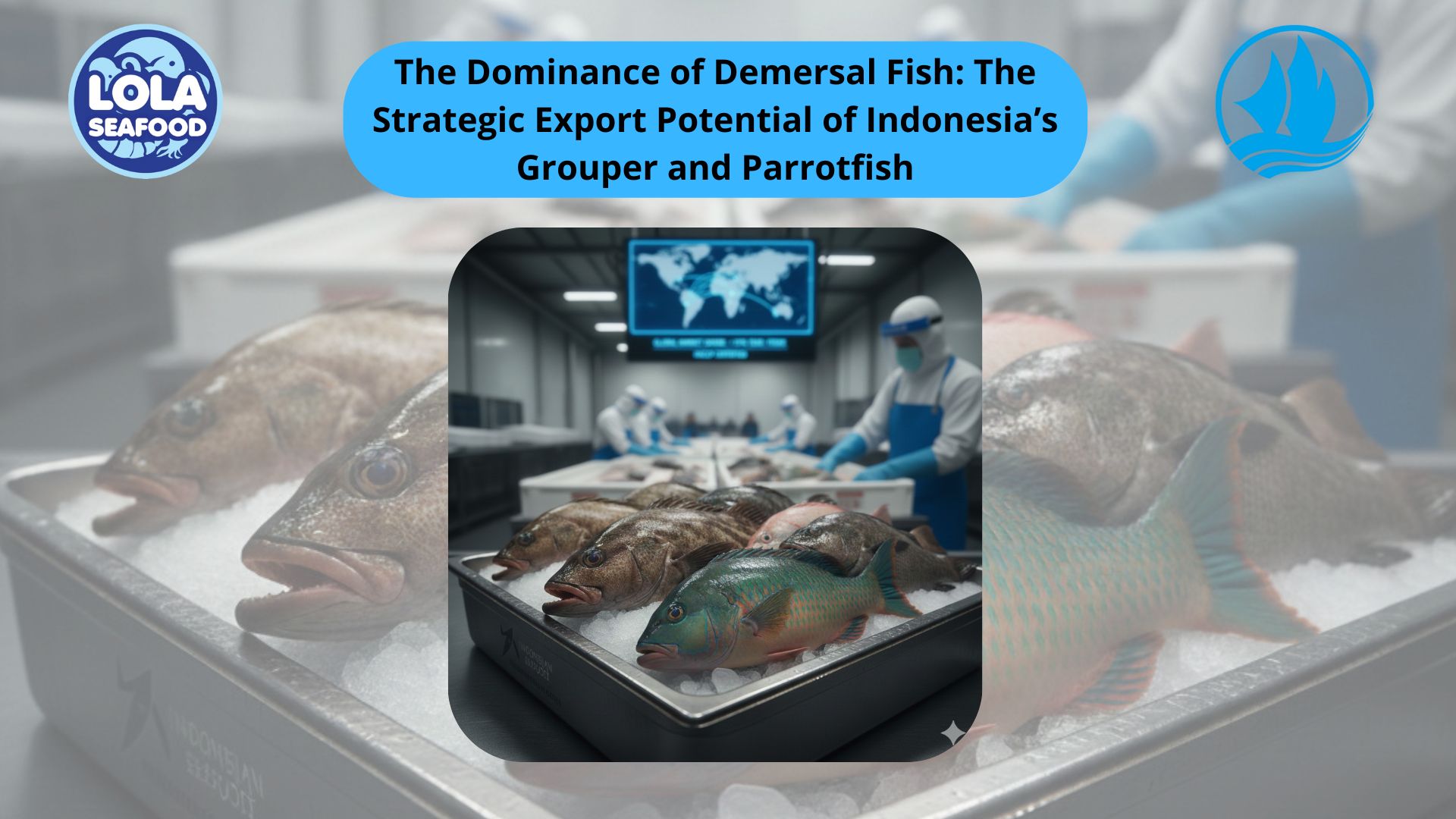
The Dominance of Demersal Fish: The Strategic Export Potential of Indonesia’s Grouper and Parrotfish
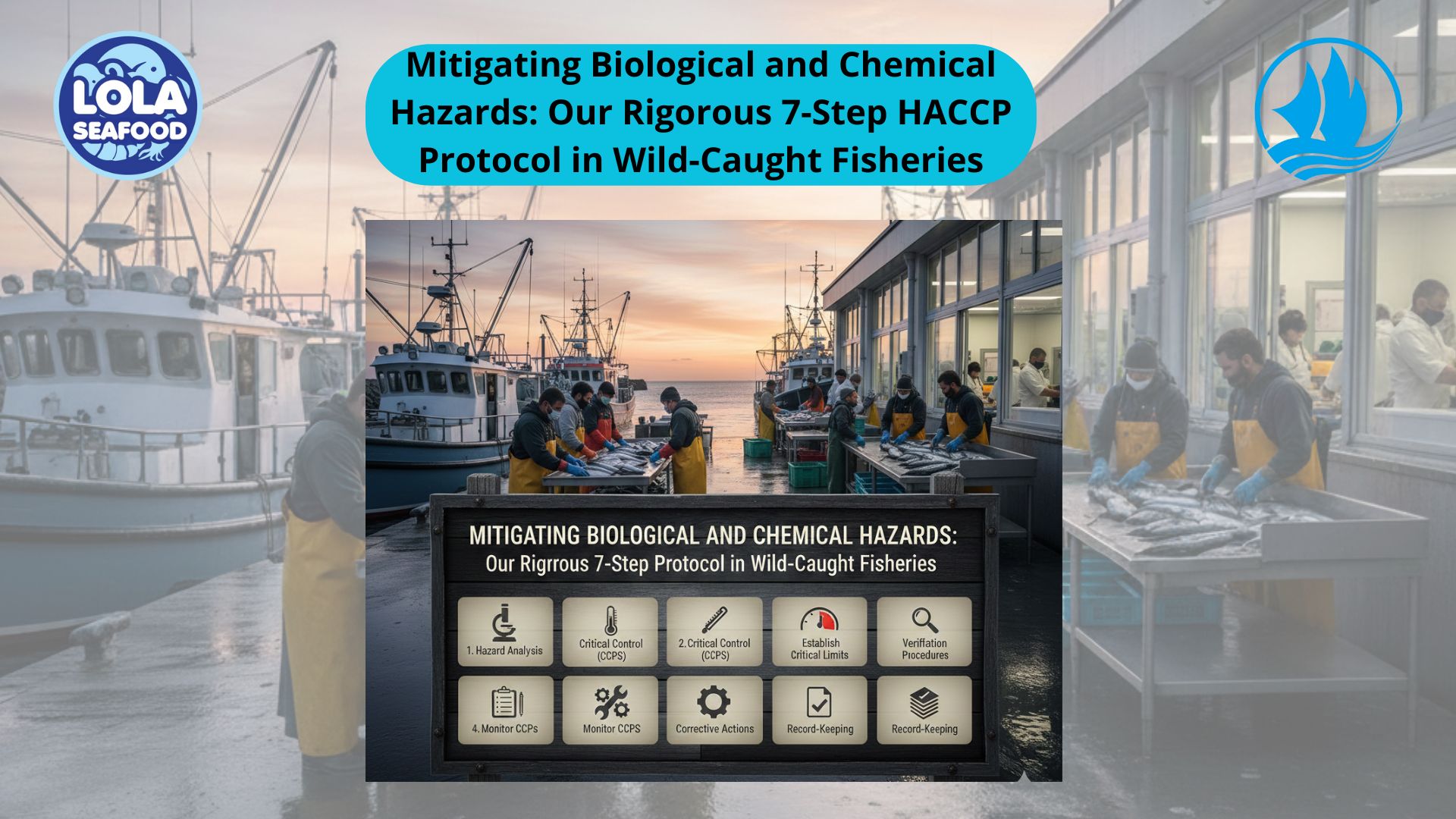
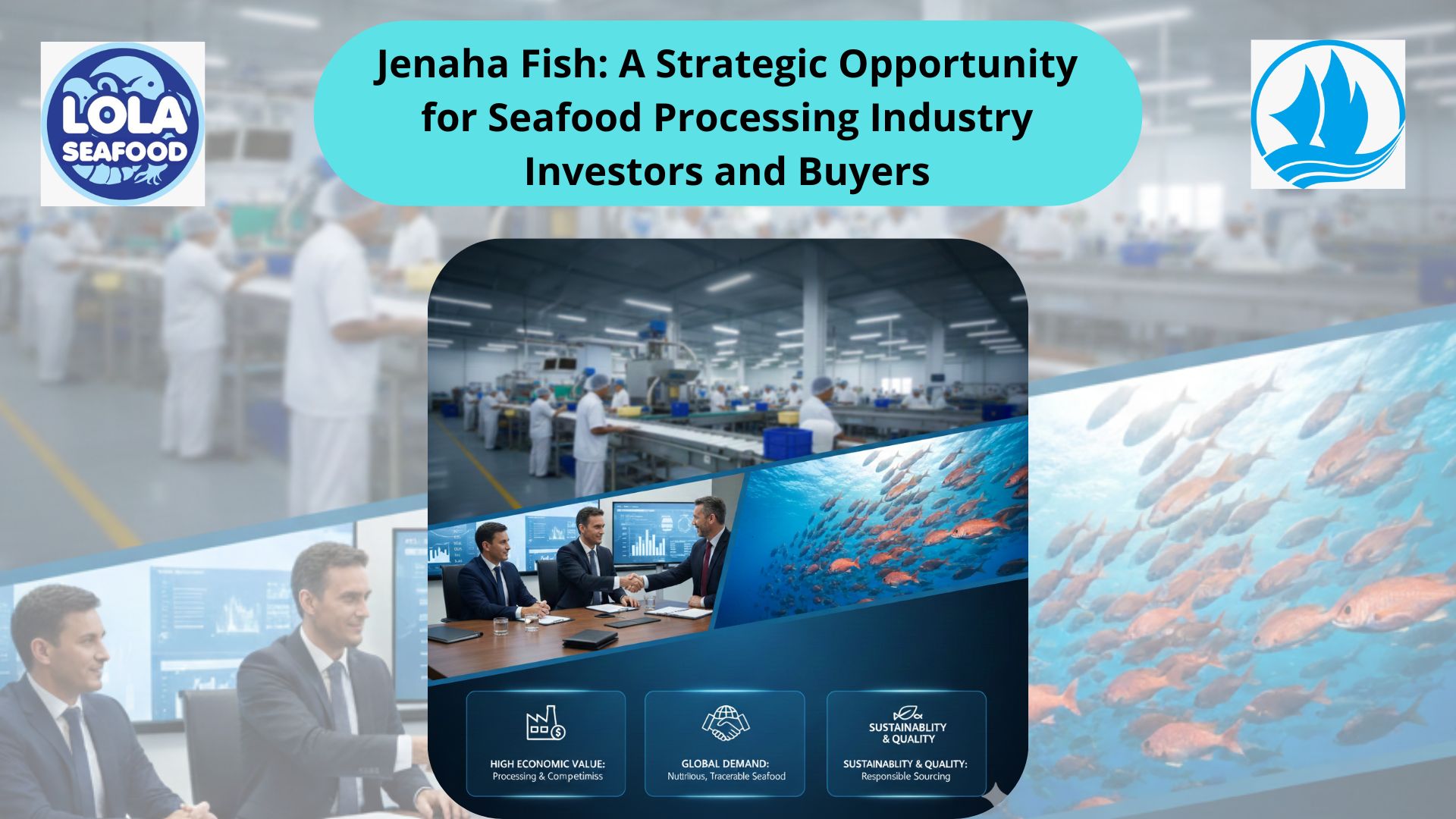
.jpg)
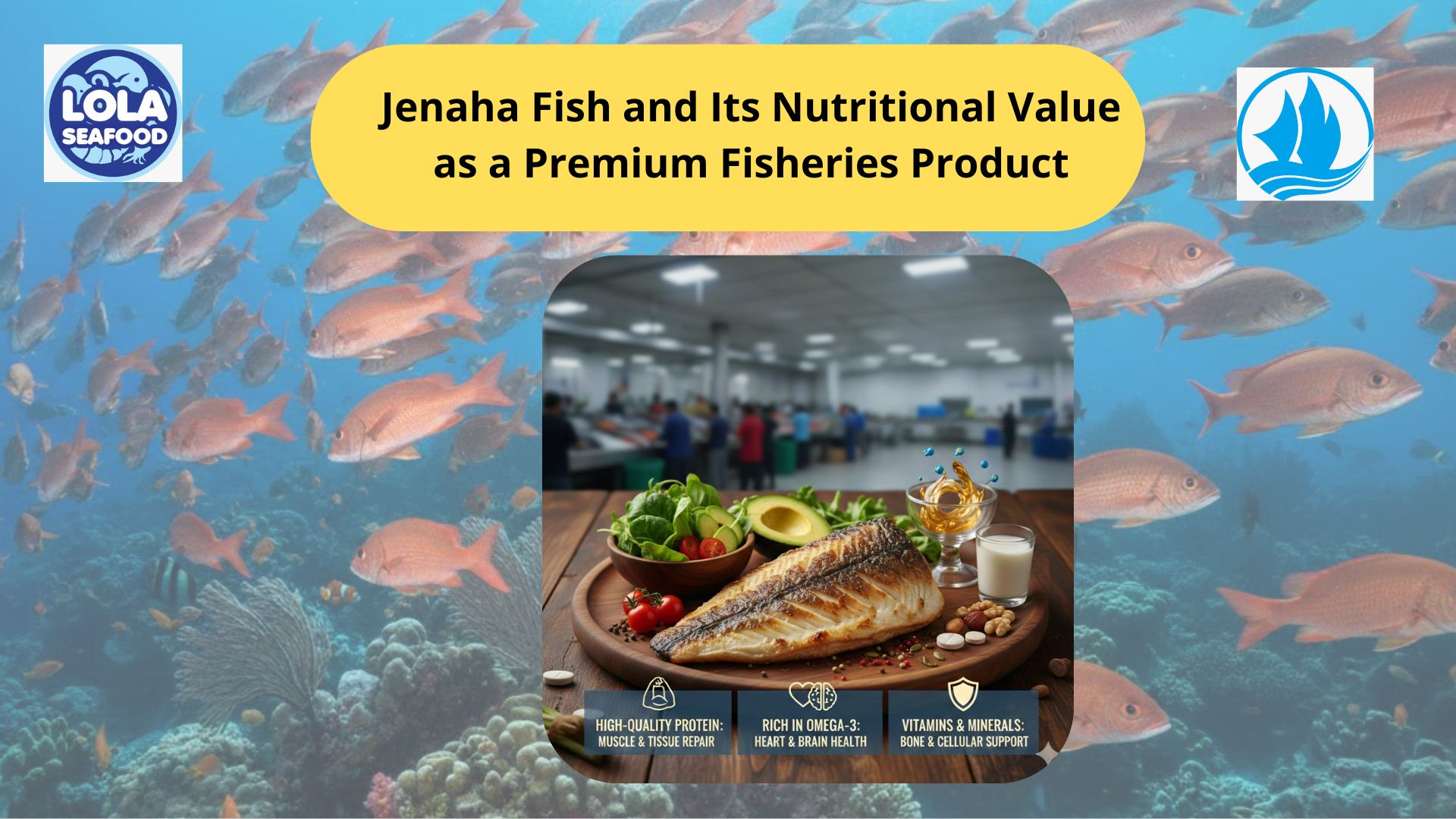
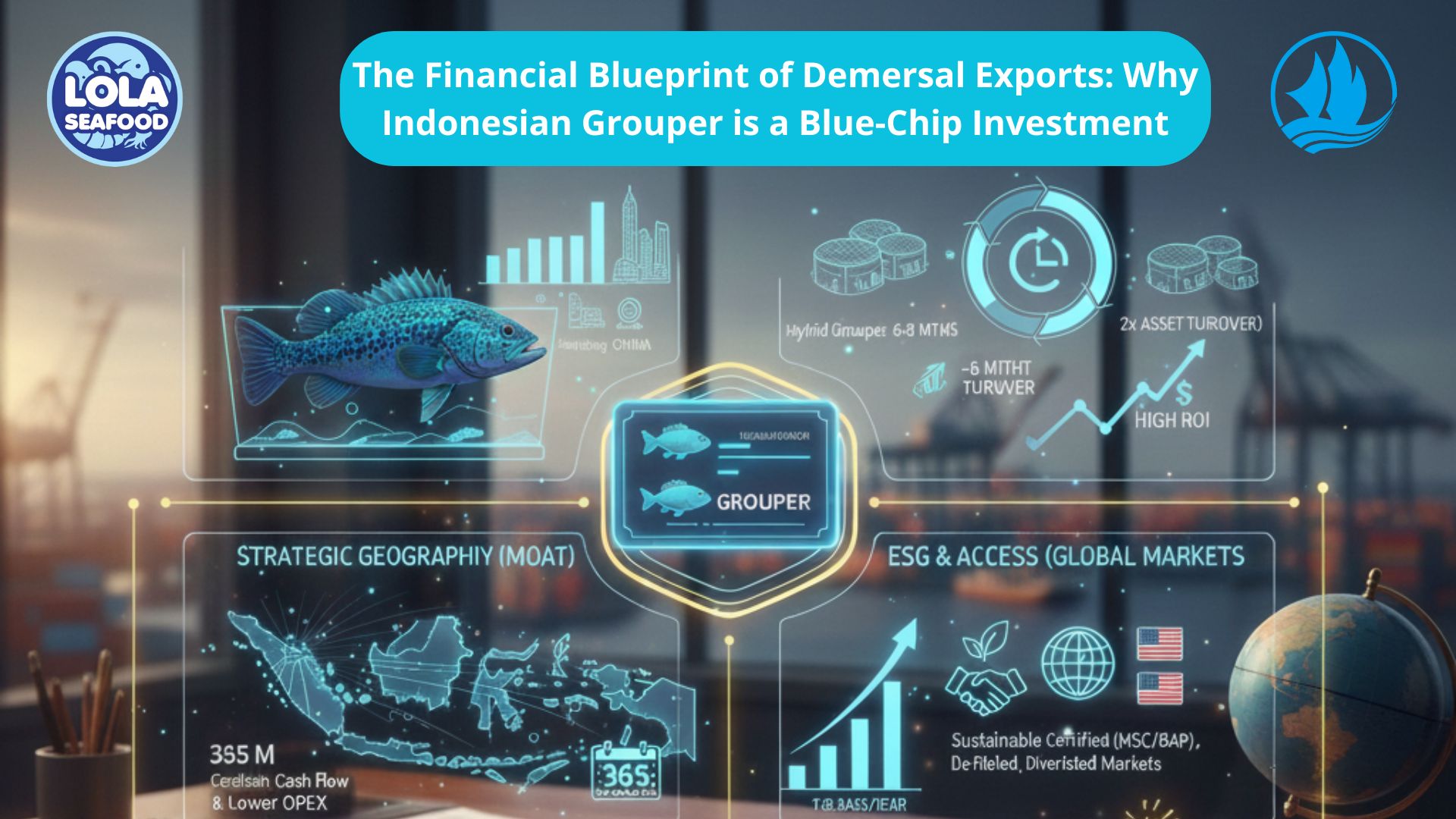
.jpg)
